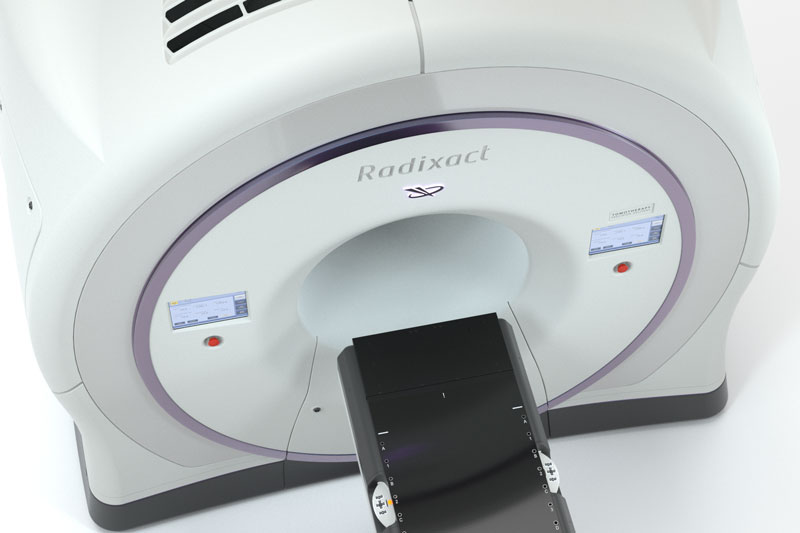An effective, less disruptive treatment option
The Radixact® System, the next-generationTomoTherapy® platform, maximizes radiation delivered to the target — while helping to minimize dose to surrounding healthy tissues. The result is highly personalized treatment designed to significantly reduce the risk of the side effects that too often disrupt the lives of patients during and after treatment. Clinical studies support the use of the TomoTherapy System in the treatment of head and neck cancer and show evidence of excellent tumor control with minimal radiation delivered to surrounding healthy tissues.1, 2, 3, 4

